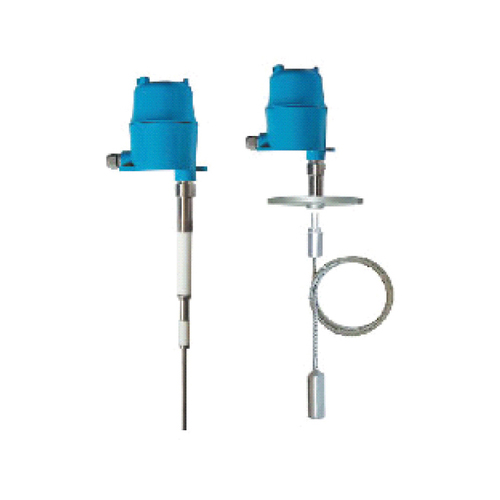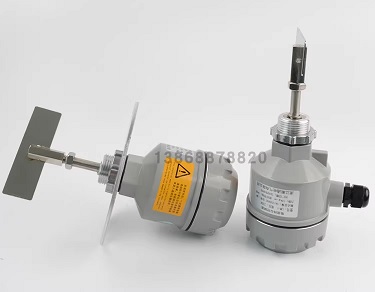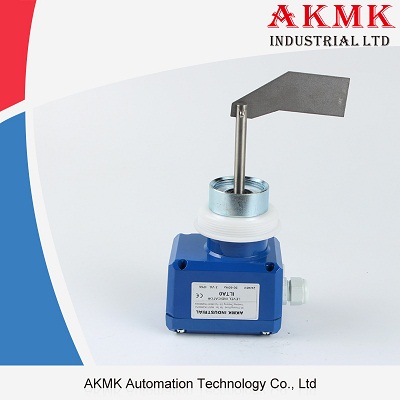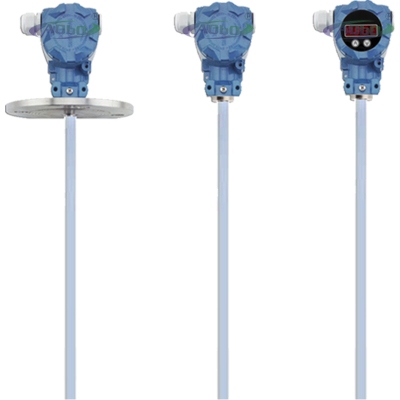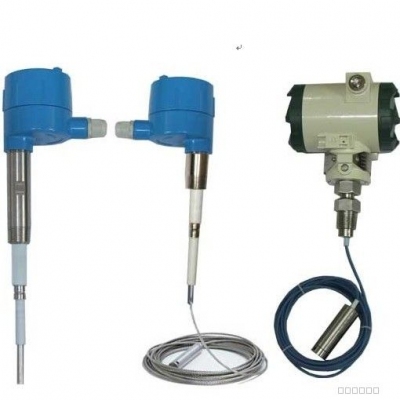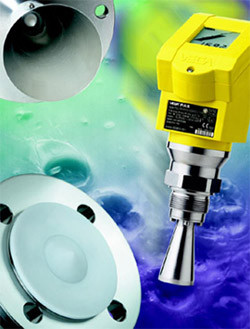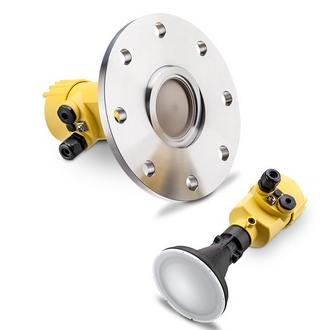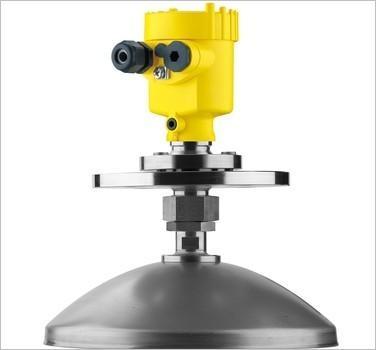- Bộ lập trình PLC, cáp lập trình
- Màn hình HMI
- Cảm biến, phụ kiện
- Biến tần, khởi động mềm
- Máy cắt, Aptomat, khởi động từ
- Thiết bị đo lường, bảo vệ
- Thiết bị công nghiệp, tự động hóa
- Thủy lực, khí nén, van công nghiệp
- Motor, Servo motor, Servo Amplifier
- Thyristor, Module, SCR, SSR, Diode
- Phụ kiện tủ điện và vỏ tủ điện
- Cáp điện, ống bảo vệ cáp
- Thiết bị điện trung thế, truyền tải
- Thiết bị chống sét, kim thu sét
- Dụng cụ cầm tay, dụng cụ tool
- ATS, UPS, tụ bù, cuộn kháng
-
Thiết bị ngành xi măng, thép, nhiệt điện
-
Thiết bị vật tư điện nhẹ-viễn thông
Công tắc mức kiểu điện dung, RF capacitive liquid level transmitter 4~20mA
RF admittance level transmitter
I. Overview and application:
The transmitter consists of two parts: detection and transmission. Detected by the probe part of the protective sleeve, sensors; part by the transmitter oscillator, a demodulator, an amplifier, a voltage-current transfertransducer, the instruction sheet, the housing and other components. The oscillator generates an RF voltage and is applied to a bridge composed of an inductor and a capacitor, which is used to compensate the distributed capacitance of the coaxial cable, and is a capacitance formed between the sensor and the material to be tested and the container. In the initial state, the adjustment is made. The size of the variable capacitor, so that the bridge is balanced, the voltage delivered to the demodulator will be zero. When the level in the container changes, the capacity increases, the bridge loses balance, and is then sent to the demodulator. The voltage will not be zero, and proportional to the bridge imbalance, the signal change caused by the level change, processed by the demodulator, amplifier, converted into a linear current 4 ~ 20mADC current with the measured level, remote transmission Centralized control and recording to the control room to realize automatic control of the process flow.
It can be widely used for continuous measurement of liquid level in petroleum, chemical, metallurgy, medicine, electric power, food, paper and other industrial fields.
Second, product features:
Unique circuit design: Reliably measure almost all process media levels without being affected by changes in temperature and humidity on the sensor.
RF admittance technology: high reliability, versatility, no fragile moving parts, and long service life.
Wide range of applications: measurement of liquid level, granular materials, viscous materials, mixed media for almost all applications.
Large measuring range: 300mm~30m is available.
Simple and convenient to install: easy to debug, low cost, no need to provide separate bypass pipes, sealing materials and various valves, all of which can be installed by overhead.
Variety of electrodes: highly chemically adaptable probes, rigid, flexible, with heavy hammer or with fastening
A variety of structural forms: separate, integral, elevated
Third, technical parameters:
Installation method: Thread: threaded integrated installation, threaded split installation
Flange: flange integrated installation, flange split installation
Measuring range H(m): can be arbitrarily selected within the range of 300mm~30m)
Working pressure (MPa): 1.6, 2.5, 4.0
Connection method: pipe thread, flange optional
Wetted material: probe 316L, 1Cr18Ni9Ti
Threaded flange: 316, 1Cr18Ni9Ti
Working temperature: -20~250°C
Accuracy: +1%
Input voltage: rated voltage 24VDC minimum input voltage 15V maximum input voltage 32V
Output signal: 4~20mA two-wire system
Load resistance: rated load resistance 250Ω
Ambient temperature: –40 to +75 °C
Electrical interface: M20 × 1.5 internal thread
Relative humidity: ≤85%
Explosion-proof mark: explosion-proof type
Tình trạng sản phẩm:
Fourth, product parameters
| Electrode type | Installation method | Material | Pressure | Temperature |
| A | 3/4” NPT | 316S.S | 3.5lkg/cm2 | 121 ° C |
| B | 3/4” NPT | Teflon/SS | 3.5lkg/cm2 | 121 ° C |
| D | 11/4" NPT | 316S.S | Atmospheric pressure | 121 ° C |
| E | 11/4" NPT | Teflon/SS | Atmospheric pressure | 121 ° C |
| H | 11/4" NPT | Teflon/SS | Atmospheric pressure | 121 ° C |
| I | 11/4" NPT | Teflon/SS | 3.5lkg/cm2 | 121 ° C |
| M | 11/4" NPT | PVC/SS | 3.5lkg/cm2 | 60 ° C |
| N | 1" | Teflon/SS | 3.5lkg/cm2 | 121 ° C |
| P | 1" | 316S.S | 3.5lkg/cm2 | 121 ° C |
-
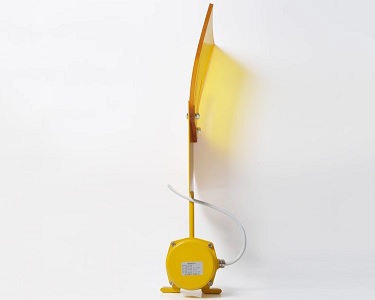
- Công tắc báo liệu trên băng tải (cánh gạt loại to) Material flow switch coal flow detector coal blocking switch LL-I LL-II LL-III Liên hệ
-

- Công tắc báo liệu trên băng tải Material flow switch coal flow detector coal blocking switch LL-I LL-II LL-III Liên hệ
-

- Công tắc báo liệu trên băng tải mercury tilt switch coal blocking switch ST-20-39 20-35 KBX-220 KBC-220 blocking material detector Liên hệ
-
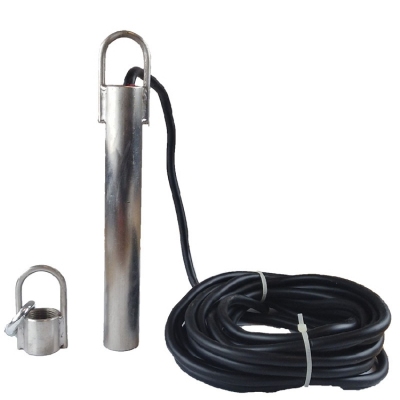
- Công tắc báo mức, công tắc báo đống, công tắc báo liệu phễu rót, công tắc báo tràn liệu, công tắc báo liệu trên băng tải Tilt switch ST-20, ST20 Liên hệ
-

- Cảm biến mức, Germany VEGA guided wave radar level gauge VEGAFLEX 83, VEGAFLEX 81, VEGAFLEX 86 Liên hệ
TÂN THÀNH CAM KẾT
- Sản phẩm, hàng hóa chính hãng.
- Giá cả cạnh tranh.
- Dịch vụ chăm sóc khách hàng tận tâm.
Thông Tin Công Ty
Chính sách và quy định
Hỗ trợ khách hàng
THÔNG TIN LIÊN HỆ:
-------------------------------
CÔNG TY TNHH THIẾT BỊ CÔNG NGHIỆP TTH
Trụ sở: số 124 ngõ 79 Yên Hoà-Cầu giấy-HN
Kinh doanh 1 : 0816.861.515
Kinh doanh 2 : 0836.861.515
Email: tthkinhdoanh@gmail.com
Email: tthkinhdoanh01@gmail.com

